These fizzing planets are such a fun science activity for a preschool space theme! Be sure to add them to your list of preschool science activities. My son actually helped me come up with the fizzing planets activity, so I know first hand that it is certainly kid-approved!
Are you following Fun-A-Day’s SPACE THEME board?
Related: Glowing Galaxy Water Bin Space Activity
fun science with “exploding” jupiters
I may get commissions for purchases made through links in this post.
Materials
Baking soda
Liquid watercolors
Water
Vinegar
Eye droppers
Related: Space Messy Play Ideas
Prep
Engineer and I checked out some pictures of Jupiter online, then decided on what colors to incorporate into our experiment. We settled on white, red, and orange even though that might not be 100% scientifically correct. 😉
We made baking soda paste to create mini “explodable” Jupiters. For each color, we mixed a cup of baking soda with about 1/4 cup water. We left the white batch alone, of course, but added liquid watercolors to the other two. The paste was thick enough to be patted together into shapes. If yours is too runny, add a little more baking soda. If it’s too crumbly to hold together, add a little more water.
Related: Fizzy Stars
Making & “exploding” Jupiters!
To make Jupiter, we grabbed bits of all three colors and mixed them together into a small ball. To make the uniform spherical shape, we used our new Handy Scoopers. We could have just used our hands, but Engineer and I were itching for an excuse to use our new toys. In case you’re wondering, we’re aware that Jupiter’s colors are more in a striped formation. We weren’t able to get the stripes right, even though we tried!
After we had a few Jupiters done, it was time for some fizzing planet fun! Engineer called it “exploding Jupiter!” We drip-dropped vinegar on the planets and watched them bubble and dissolve. I had such a blast listening to all of his observations and questions about the chemical reaction! Needless to say, lots and lots of fun science ensued! We ended up making and “exploding” about seven planets before it was time for dinner. The kiddo asked if we could make other planets too, so I have a feeling we’ll be doing just that soon!
Related: Fun Science Experiment with Fizzy Stars
What kind of fun science experiments do your children/students enjoy the most? I’d love to hear about them over at Fun-A-Day’s Facebook page!
This fun science activity is a part of the A-Z Science Experiments series. Be sure to pop over there and see the rest of the experiments running through the alphabet this month!
Done-for-You Preschool Resources
Planning meaningful lessons for students week after week, all while balancing other teaching responsibilities and a personal life, can be a daunting task. That’s where Preschool Teacher 101 comes in to save you time!
Preschool Teacher 101 is excited to share with you some amazing lesson plans, activity packs, and much more! We offer a wide variety of themes that are frequently used in preschool classrooms, as well as some less common (but super interesting) themes. Click on the images below to learn more about our space-themed product offerings!
Join The Pack from Preschool Teacher 101 today for exclusive access to our amazing products. And we even have three different membership options to suit your needs!

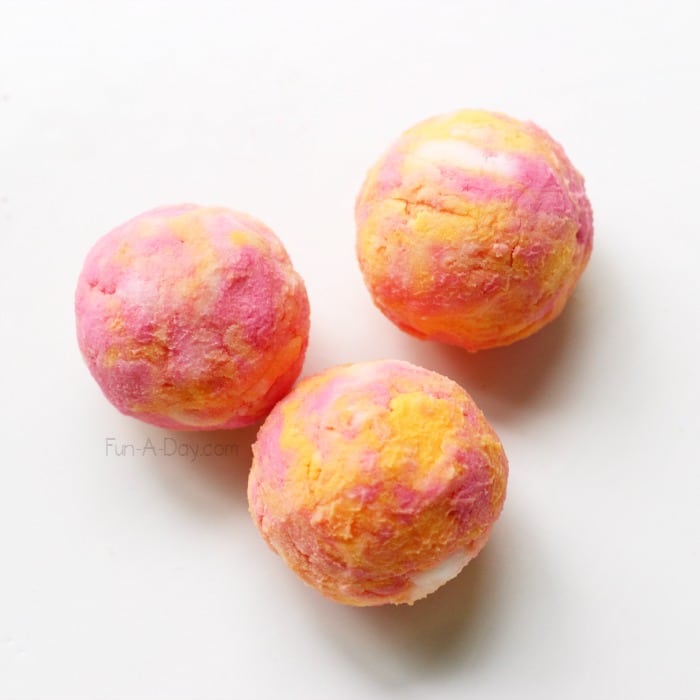
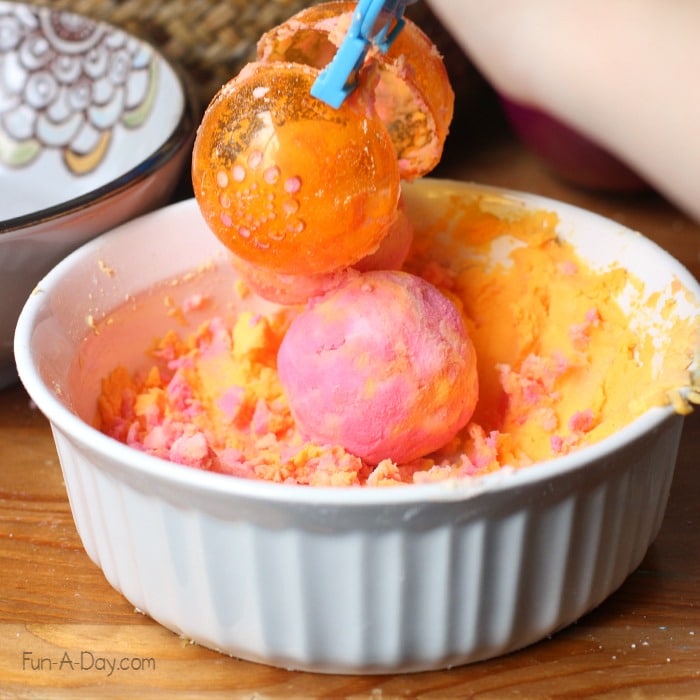
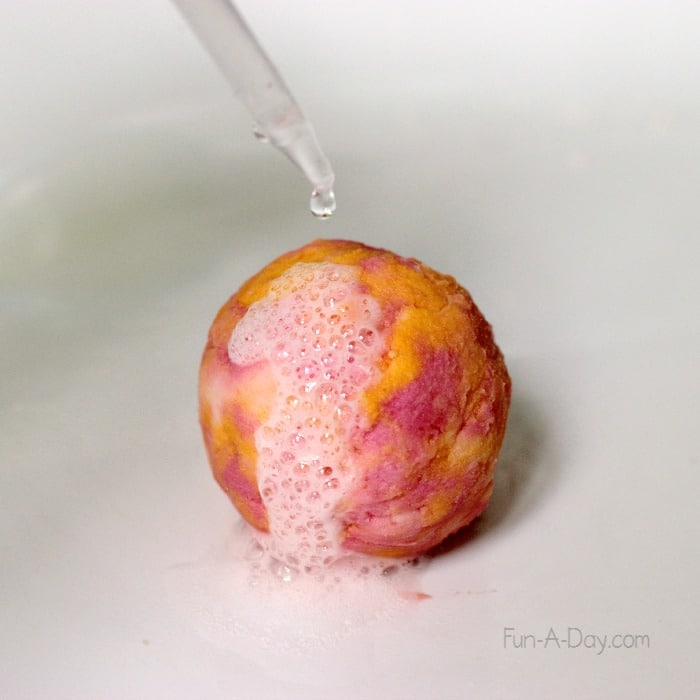
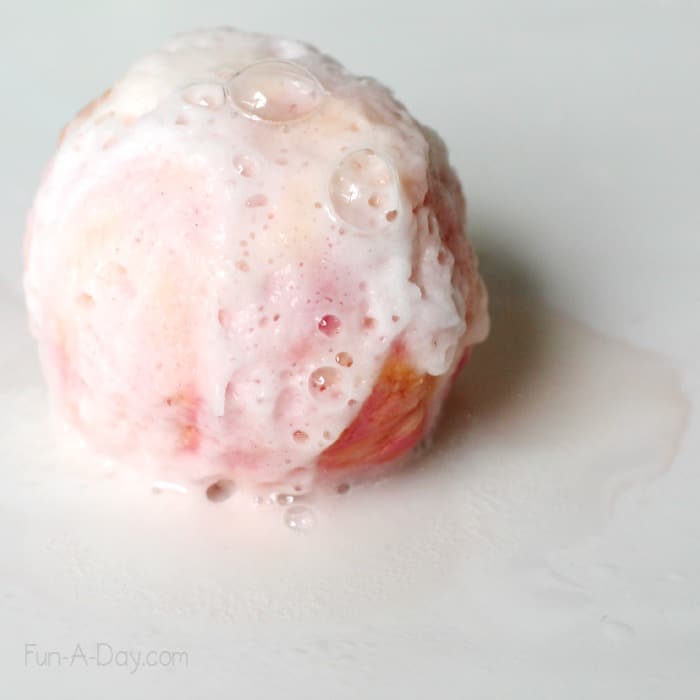
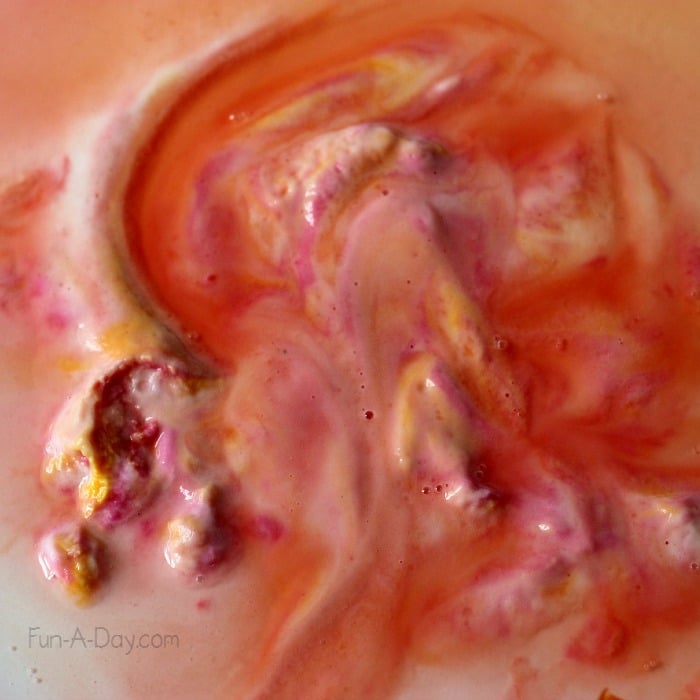

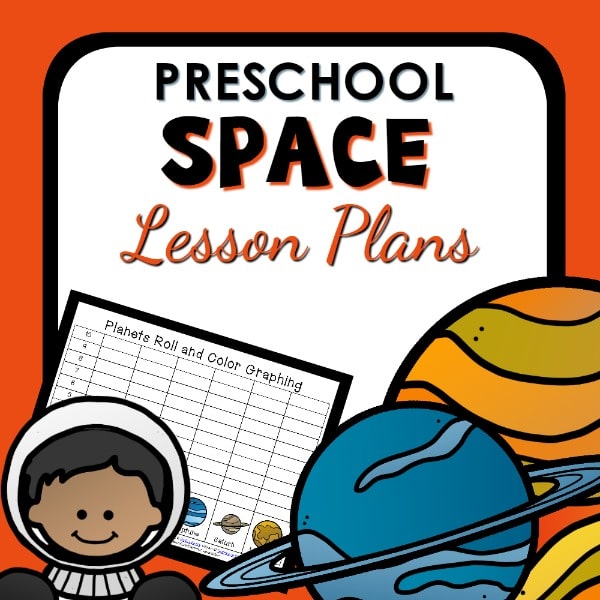
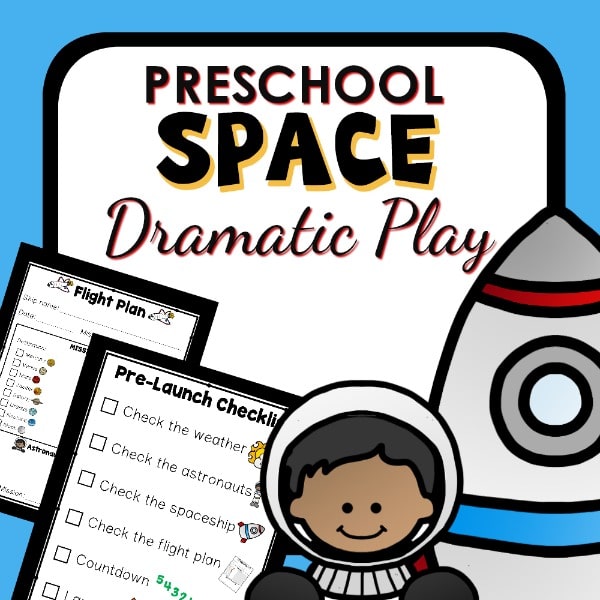
This is AWESOME!!
You’re too sweet, Jaime! Thank you!! 🙂
LOVE LOVE LOVE! These look awesome. Totally making some planets this week.
Thanks so much, Anne! 🙂
This something I know my three-year old will LOVE!
Great post that’s easy to follow and well written! 🙂
So happy to hear that, Katie! Let me know how it goes if you try it with your three-year old!! Thanks so much for the sweet words! 🙂
I started out just sharing with family and friends in the summer of 2012. Fun-A-Day became a “real” blog in February 2012, so that’s over 2 years now!! 🙂
Why is Jupiter an exploding planet? My son is asking!
I’m so sorry, but I didn’t see this comment until now! Basically, the kiddos wanted to pretend that they were bad guys exploding planets. Not the best answer, but it’s true! Tell your son I say hello. 🙂
What is the science behind this?
Hi Merryl! When baking soda and vinegar interact, a chemical reaction occurs – specifically, an endothermic reaction (heat-absorbing). Baking soda is a base, and vinegar is an acid. When they combine, a product of the reaction is carbon dioxide. The carbon dioxide escaping causes the fizzing!
Thank you so much for this explanation. Super helpful. Presenting this to Girl Scouts at their space camp!
Well, that’s awesome! So happy to hear that! 🙂
About how many jupiters did you end up making using this recipe?
We ended up making about 5. 🙂
Hey Mary! Can we have the exact recipe for this fun activity? We’re planning to do this at a children’s astrochemistry event, and it would be great if we had exact amounts to make this work. Thank you!
Hi Abby, I am so excited to hear that! The exact amounts used are in the “prep” section of the post. I’ll see if I get the chance to come back and add a printable recipe to it in the near future. 🙂
Hey Mary, me again! We’ve been putting together our version of this project, and we were just wondering why you decided to pick Jupiter! Is there a science behind the chemical makeup of the planet that deals with “exploding”? Thank you!
Hi again! 🙂 I wish I could tell you we had a real scientific reason for choosing Jupiter. Alas, we didn’t. We just happened to choose that planet first. We’ve since made a variety of other fizzing planets from our solar system, too. How is your version going?!
This is so cool.
Thank you!
Can you leave these to dry overnight?
I didn’t leave them out overnight, but you could try. Or perhaps freeze them overnight. Let me know if you try that out before I do so we can compare results. 🙂
Hi, did you try leaving them out overnight? And if so, how did they work out? We’re wrapping up a space unit in our homeschool co-op and wanted to end with some fun experiments but would ideally prep the “planets” the night before. Thanks!
Will try it for Science week
Wonderful! Let me know how it goes. 🙂
How many planets can you make with the 1 cup of baking soda?
Oh that really depends on how big you make the planets. We made about 3 or 4 using that fun round scooper.
How long after making the planets did you destroy them?
The majority of the times we’ve done this, it was within half an hour of making them. A few times we put the planets in the freezer to save the fizzing for the next day.
Can tempera paint or acrylic paint be used instead of watercolor paint?
Hi Summer! I don’t think I would use acrylic paint since acrylics are harder to deal with when it comes to cleanup. Washable tempera paint would probably work well, but I haven’t tried it with this so I’m not positive. Food coloring is another substitute to consider, as well.
Easy and fun. Thanks for your fun and exciting lesson.
Thanks so much for the kind words, Tammy. Let me know if you get the chance to try the fizzing planets!